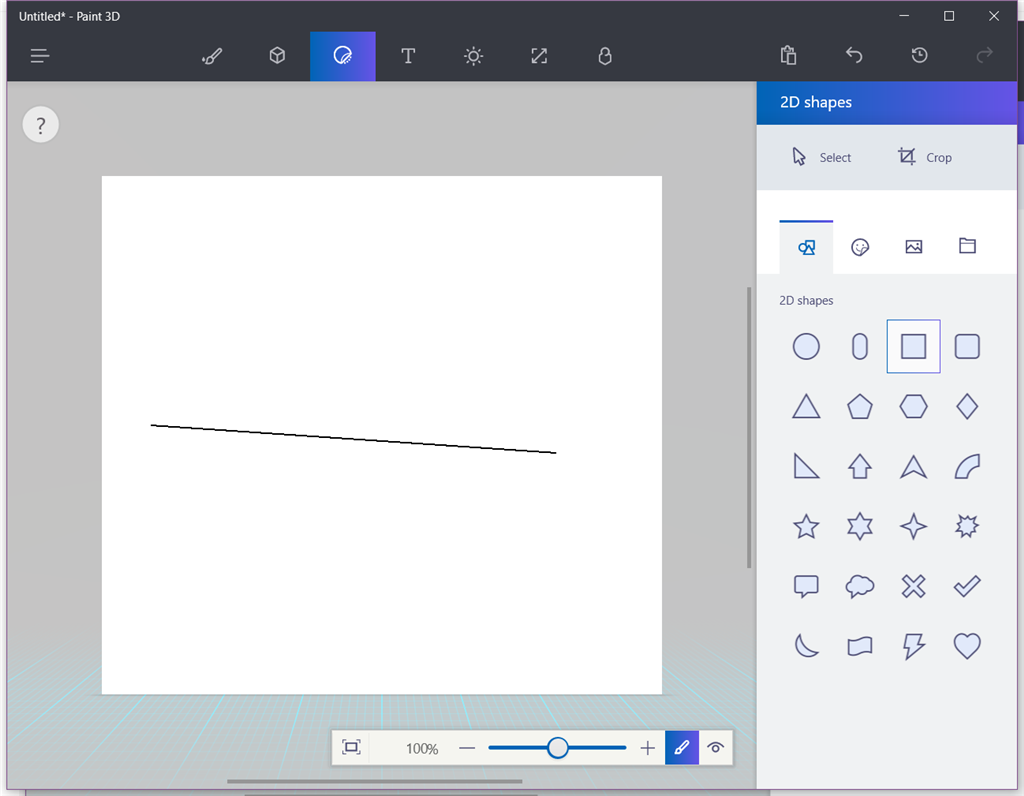Elevation bedroom drawings drawing interior plan detailed kitchen behance master bath room living dwg sketch hand sketches work autocad office
Table of Contents
Table of Contents
Are you tired of struggling to create accurate and professional-looking interior elevation drawings? You’re not alone. Many interior designers and architects find drawing elevations to be a tricky and time-consuming process, but fear not - with the right tools and techniques, you can easily create stunning interior elevations that will impress your clients and colleagues.
Pain points of drawing interior elevations
One common pain point when it comes to drawing interior elevations is getting the proportions and scale just right. It can be difficult to accurately represent the height and depth of a room on a flat piece of paper, especially when factoring in elements like furniture, fixtures, and cabinetry.
Another challenge is ensuring that all the elements in the drawing are consistent and aligned. If one cabinet or fixture is drawn incorrectly, it can throw off the entire composition and make the space look disjointed.
How to draw interior elevations
The first step in drawing an interior elevation is to measure the space and create a rough sketch of the layout. Once you have the basic framework in place, you can begin to add in the specific details like furniture and fixtures.
Use a scale ruler to ensure that all elements are the correct size and proportion. Pay close attention to the alignment of elements, using a T-square or other measuring tools to get everything perfectly straight.
When it comes to shading and adding depth to your elevation, use cross-hatching techniques to indicate areas of shadow and light. Don’t be afraid to experiment with different shading techniques until you find what works best for your style.
Summary of how to draw interior elevations
In summary, creating accurate and professional-looking interior elevations requires attention to detail, proper scaling, and consistent alignment of all elements. By using measuring tools, cross-hatching techniques, and taking the time to double-check your work, you can create stunning interior elevation drawings that your clients will love.
Tools for drawing interior elevations
As an interior designer, I’ve tried and tested a variety of tools for drawing interior elevations, and have found the following to be incredibly helpful:
 Scale rulers: these rulers are vital for ensuring that all elements in your drawing are accurately sized and in proportion.
Scale rulers: these rulers are vital for ensuring that all elements in your drawing are accurately sized and in proportion.
 Measuring tools: T-squares, protractors, and other measuring tools can help you achieve straight lines and consistent angles.
Measuring tools: T-squares, protractors, and other measuring tools can help you achieve straight lines and consistent angles.
 Pencils: Invest in high-quality pencils with a range of lead weights to create precise lines and shading effects.
Pencils: Invest in high-quality pencils with a range of lead weights to create precise lines and shading effects.
Best practices for drawing interior elevations
When it comes to drawing interior elevations, there are a few best practices that I’ve found to be effective:
 Start with a rough sketch: Before diving into the final drawing, create a rough sketch to work out the layout and proportions.
Start with a rough sketch: Before diving into the final drawing, create a rough sketch to work out the layout and proportions.
Use grids and guides: Use graph paper or create your own grid to help you stay on track and achieve precise alignments and spacing.
Take breaks: Drawing elevations can be tedious and time-consuming, so be sure to take regular breaks to rest your eyes and refocus your mind.
The benefits of drawing interior elevations
While drawing interior elevations can be challenging, it also has its benefits. By creating detailed and accurate interior elevations, you can better communicate your design vision to clients and colleagues, ensuring that everyone is on the same page and reducing the risk of misunderstandings or miscommunications.
Conclusion of how to draw interior elevations
Mastering the art of drawing interior elevations takes time and practice, but with the right tools and techniques, anyone can create professional-looking drawings that accurately represent their design vision. Remember to take your time, double-check your work, and experiment with different shading techniques until you find what works best for your style.
Question and Answer
Q: What is the purpose of an interior elevation drawing?
A: An interior elevation drawing is a two-dimensional representation of a room or space that shows the height, depth, and spacing of all elements, including walls, windows, doors, cabinets, and fixtures. It is used by interior designers and architects to communicate their design vision to clients and colleagues.
Q: What tools do I need to draw interior elevations?
A: To draw interior elevations, you will need measuring tools like a scale ruler and T-square, high-quality pencils, graph paper or other drawing paper, and various shading tools like markers, pens, and colored pencils.
Q: How do I know if my interior elevation drawing is accurate?
A: To check the accuracy of your interior elevation drawing, use a measuring tool to check the dimensions and ensure that all elements are in proportion. Double-check your work for alignment and consistency, and have a colleague or mentor review your drawing for any potential errors.
Q: Can I create interior elevation drawings digitally?
A: Yes, there are many software programs and apps available that allow you to create interior elevation drawings digitally, including AutoCAD, SketchUp, and Adobe Illustrator. However, it’s important to remember that many clients and colleagues still prefer hand-drawn drawings, so be sure to ask which format they prefer before getting started.
Gallery
I Designed And Hand-drafted These Spaces For A Residential Design

Photo Credit by: bing.com / drafted bedroom
What Is An Elevation Drawing At GetDrawings | Free Download

Photo Credit by: bing.com / elevation drawing elevations interior bedroom bed floor plans room layout cad drawings google autocad single getdrawings fix quick easy house
Detailed Elevation Drawings: Kitchen, Bath, Bedroom On Behance

Photo Credit by: bing.com / elevation bedroom drawings drawing interior plan detailed kitchen behance master bath room living dwg sketch hand sketches work autocad office
» Blog Archive » Interior Elevations And Millwork | Interior Design

Photo Credit by: bing.com / elevations gulfshoredesign millwork diyhomedecor
Elevations | Interior Design Plan, Drawing Interior, Hotel Interior Design

Photo Credit by: bing.com / elevation elevations drawings autocad





